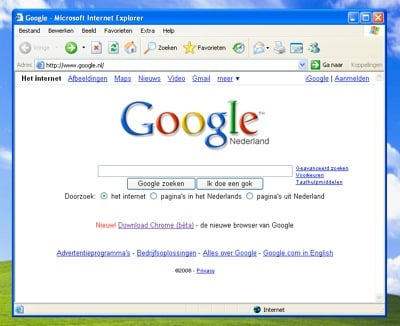
This post is the second part of a series of articles I am writing about new and innovative business models that have been used by different companies in the Internet and that have driven them to success. Before you read this post I recommend you to read the first part of these series in which I wrote about the Long Tail business model. Companies such as Lulu.com and the retail giant Amazon.com have used this model.
For the second part of these series I am going to explain a business model that is called Multi-sided platforms. The idea behind this model is to bring together two or more segments that are different but depend on each other. In order to be successful in this model all the segments must be present. It will only be valuable for one segment if the other(s) segment(s) is (are) present.
What can be achieved by a multi-sided platform model is to bring together both (or all) segments and generate value to each one of them by facilitating their interaction. The biggest each segment can be, the greatest the value that will be created. This is known as the network effect.
In the Internet we can find many examples however I will describe just two of them. The first one is Google. With their platform they facilitate the interaction between web surfers and advertisers that want to sell their goods and services. With the model Google has with Adwords, surfers that are looking for an specific information are going to be able to see relevant information for them on the first results. These results are being paid by advertisers that are interested in reaching people that is searching for that kind of information.
Before Google and the Internet, in other media such as radio and television, advertisers where able to reach many people paying a lot of money, but not only the people they where interested in (specific preferences). Today with this model the advertisers segment is able to reach the web surfers segment that is interested in what they are offering and the web surfers segment is able to find what they are looking for with advertisers that are offering them what they want.
The other example I wanted to present is Ebay. This platform brings together independent sellers or small businesses that don’t have the money and infrastructure to create a physical store with buyers that are looking for many tipes of products and know they can find this products on Ebay. We can see how the network effect works here and makes the model successful. The sellers are only interested on the platform because they now there is a huge network of buyers, and in the same way the buyers are interested on Ebay because they know they can find a huge offer of what they are looking for in this platform.
Do not miss the last post of this series of articles next week. In this post I will be presenting a novel model that concerns with free products and services.
Image taken from Flickr.com
